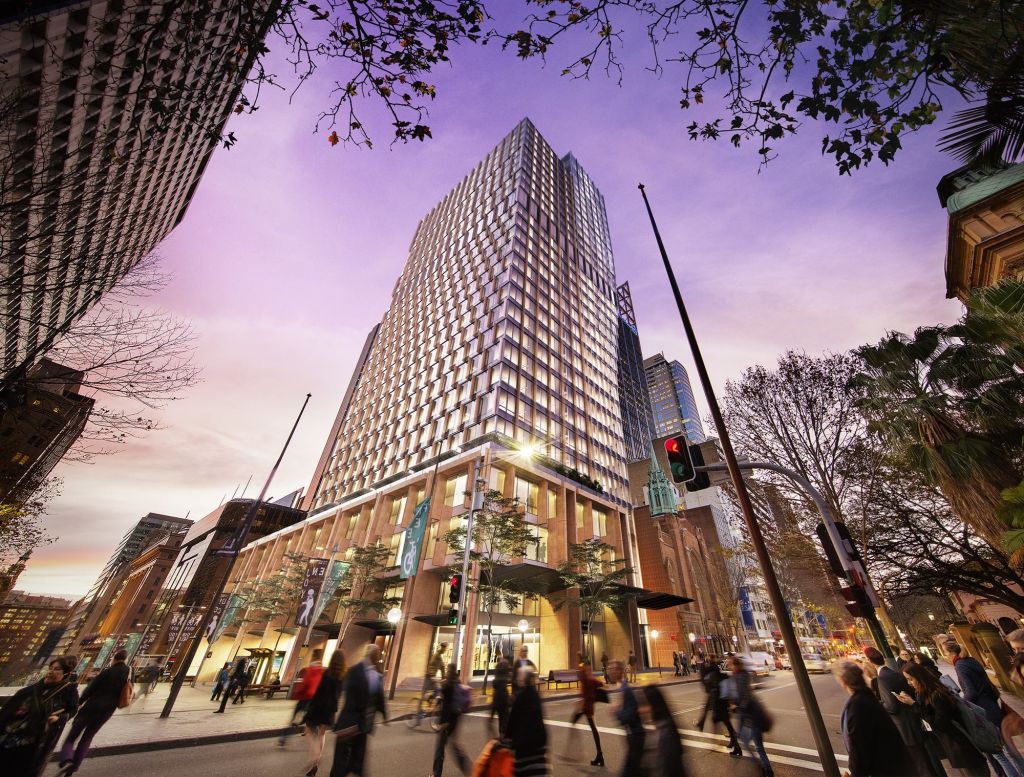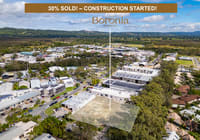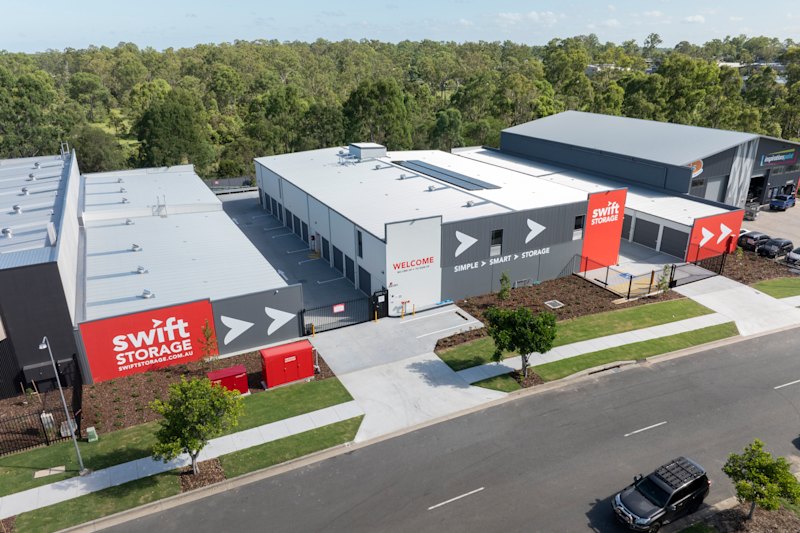
‘The lungs of our buildings’: why coworking will only get more popular
One of Australia’s biggest office landlords Investa predicts that all of its major buildings will have coworking spaces in them in the future, as the commercial property sector adapts to a shifting market.
The company considers flexible workspace operators to be “friends” rather than rivals, Investa group executive Michael Cook told the Sydney audience at the Global Coworking Unconference Conference Australia 2018.
“From a landlord’s perspective, we’ve come a long way,” he said, referring to the changing sentiment from the commercial real estate industry towards coworking.
“We think the idea there is to work hand-in-glove with our coworking friends because we’re basically and essentially the same business.
“We don’t need to reinvent the wheel, it’s already there; we just take advantage of it.”
Mr Cook added that he saw coworking operators as business incubators which helped their members grow into direct office tenants in the future.
“If WeWork did one thing, it killed the home office,” he said. “Once they’re in that environment and they want to grow, in our mind, they’ll take space directly with the landlord.”
That has already happened with one of Investa’s coworking tenants Regus, which has been in their buildings for two decades.
“We’ve seen tenants grow in our building in Melbourne’s 120 Collins Street; there are a number of tenants who have direct leases with us and started out in the serviced office.”
Mr Cook said the importance of coworking to office landlords would only grow in coming years.
“I see the situation in the future (where) within every 30,000-square-metre building that I’ve got having a coworking group of some sort in the building,” he said.
“We’re kind of preparing ourselves because we think it’s smart. They will be the lungs of our buildings as tenants require more space.”
Mr Cook has received enquiries specifically on coworking availability in one of the group’s upcoming office developments, 60 Martin Place in Sydney, signifying demand for that option from traditional tenants.
On the flip side, coworking operators were fiercely contesting for office stock in a tightening market, with three groups vying for the 4500-square-metre space in the first three levels at 60 Martin Place, Mr Cook said.
Is the coworking market a bubble?
Colliers International director of tenant advisory Rowan Humphreys, also at the event, rejected claims that the sector was oversaturated. He pointed out that coworking operators accounted for about 2.38 per cent of total office space in Sydney’s CBD, with estimates that the figure could shoot up to between 4 and 8 per cent.
To put that into perspective, Central London has the world’s biggest coworking market, with 4 per cent of all office stock, a Cushman and Wakefield UK 2018 report shows.
“If you talk to the operators, they all say that they’re 90 per cent full. We know some of them might not be, but as long as they continue to fill them, I don’t really see a huge issue,” he said, adding that up to 30 per cent of all office leasing deals across Asia were for coworking spaces.
“Coming off a small base yes, but if that continues, it’s quite incredible.
“I think we might need to start looking at the coworking vacancy with the PCA (Property Council of Australia) vacancy and tracking that and seeing what impact that has.”
CBRE director of workplace strategy Nicole Fitzgerald told the audience that the primary driver of demand for coworking space was employers’ uncertainty around staff headcount, given the surging trend of project-based work.
“Most of our occupiers that we work with can’t predict their headcount in three months, let alone by the end of the lease term,” she said, noting that 30 per cent of Deloitte’s workforce was made up of contractors, called the “open talent network”.
“How do you plan 10 years ahead when 30 per cent of your workforce has that uncertainty around it?
“There’s flexible working policies that are slowly, in some instances, but very rapidly in others being adopted. So do I start to assign seating for every single one of them when actually the utilisation is going to be quite low?”












